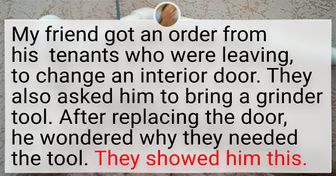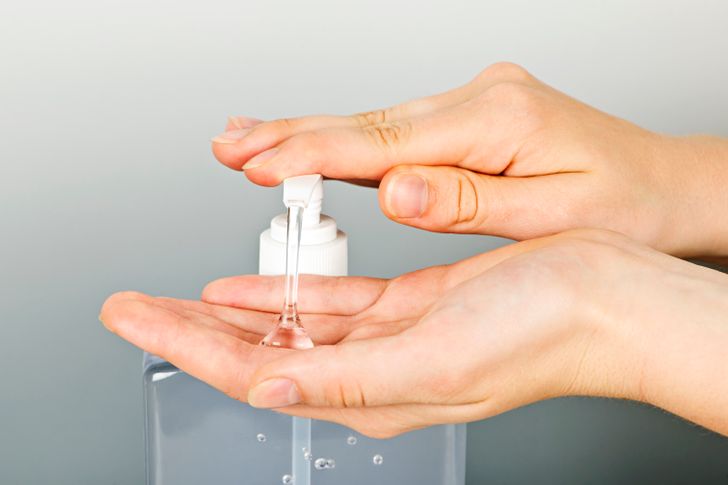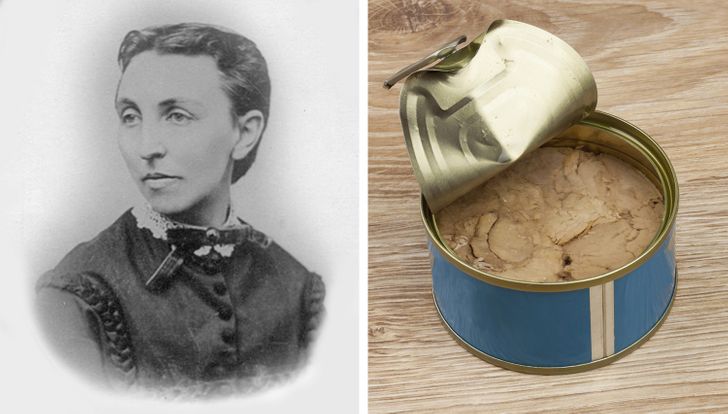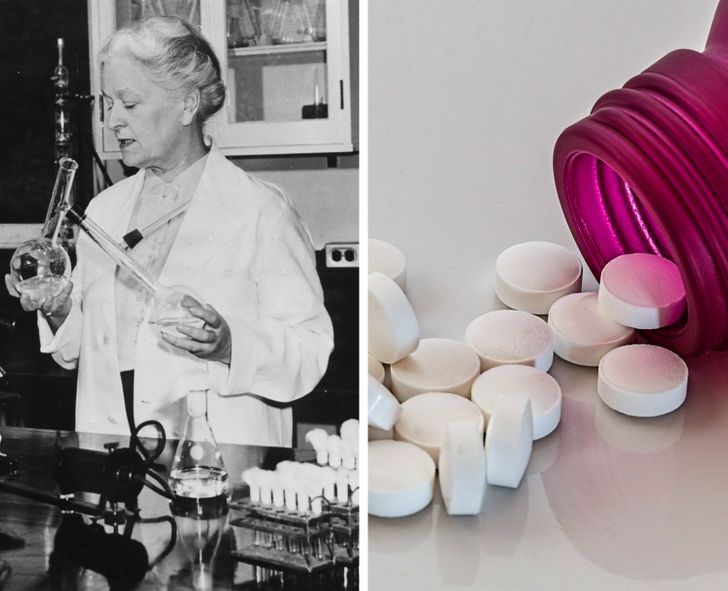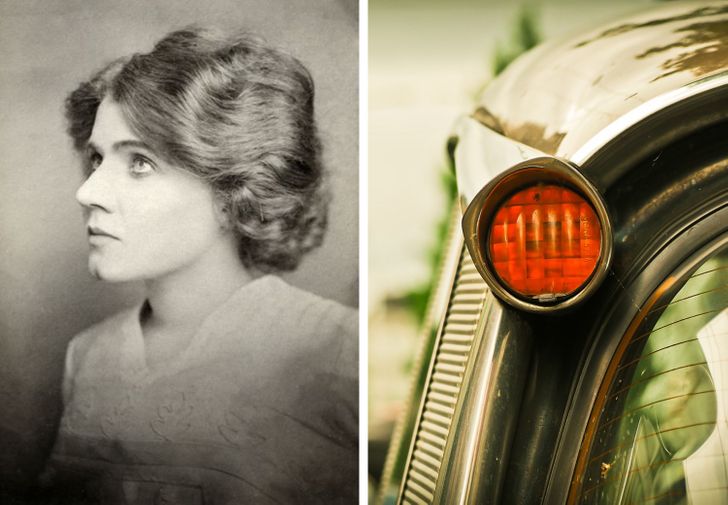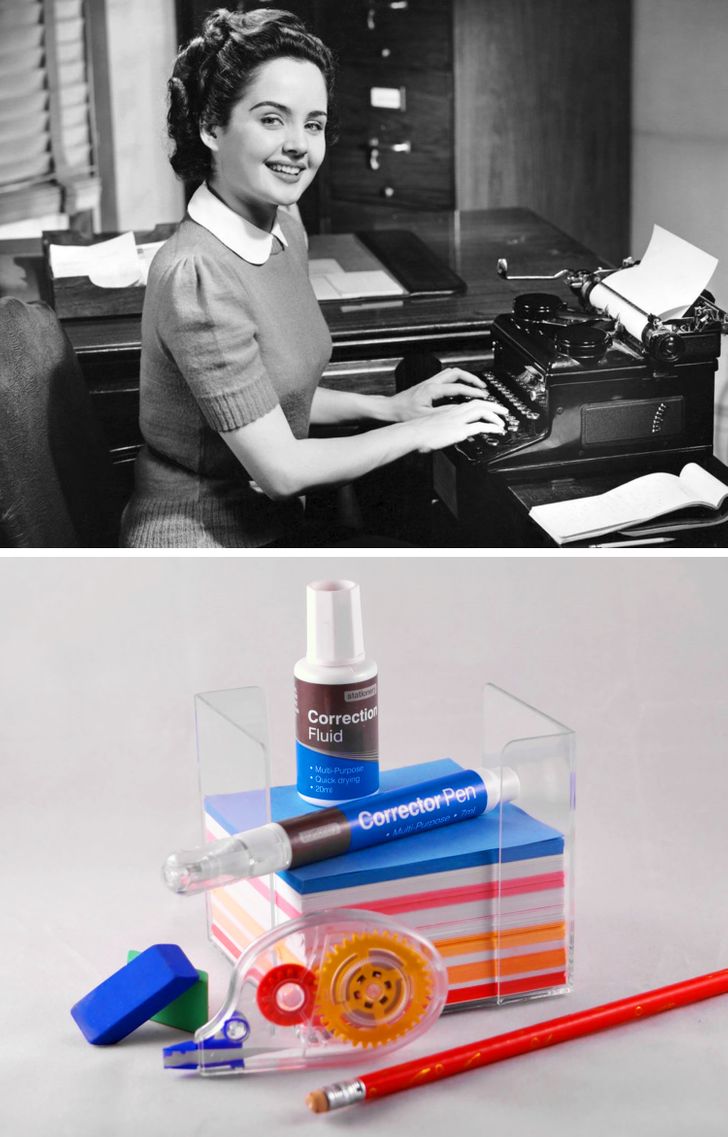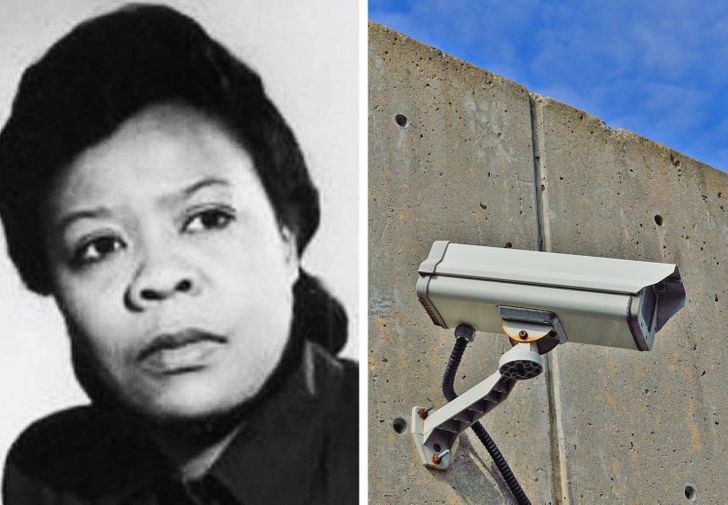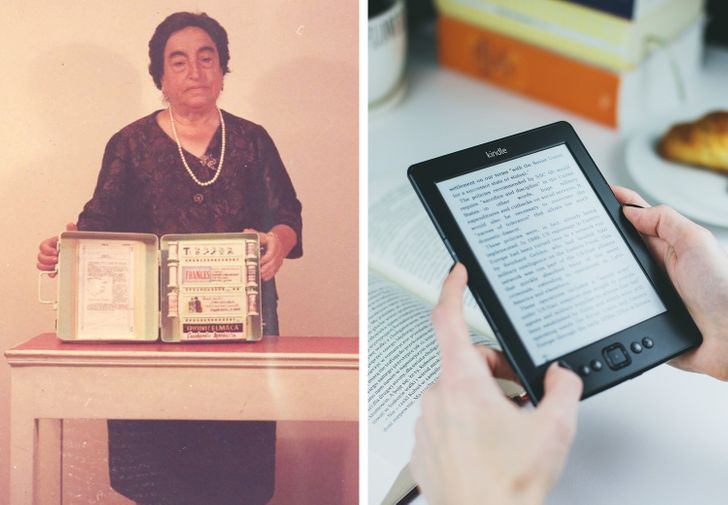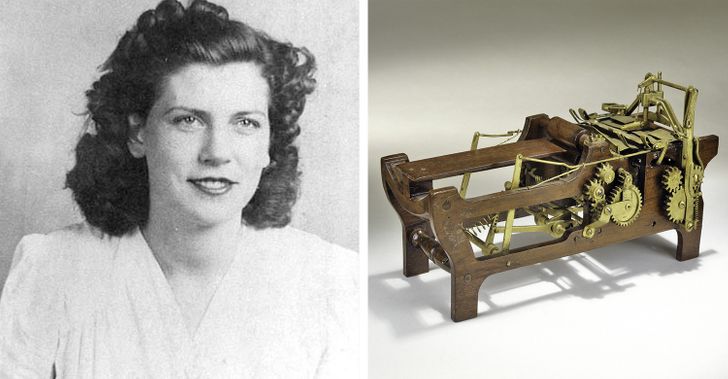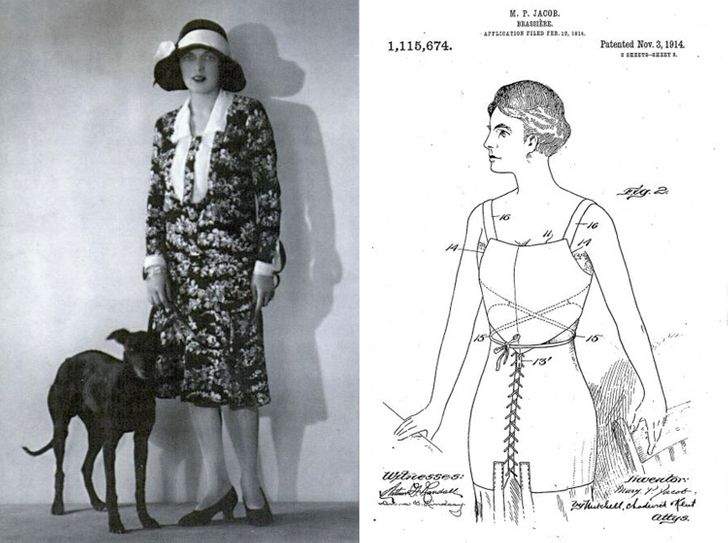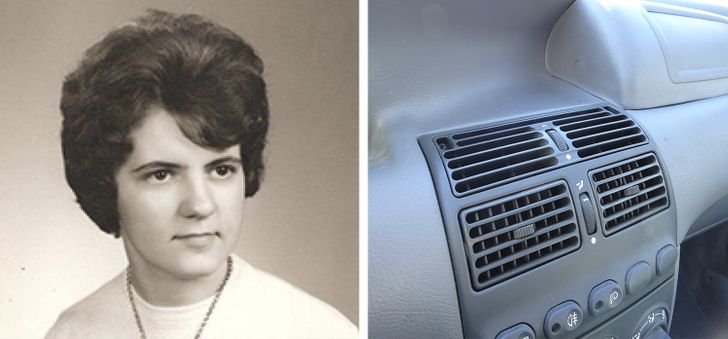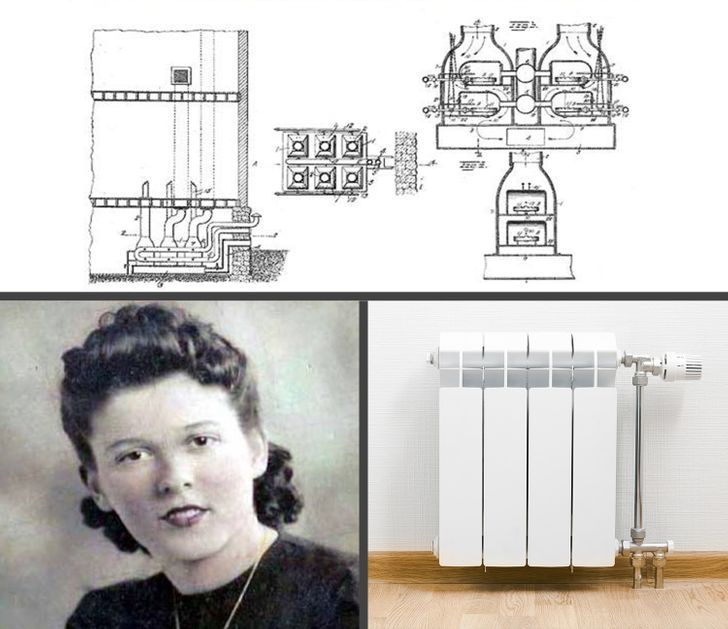only 12? or more than,for ladies.. but gentlemen,number count to the end? ?
12 Household Items You Might Not Know Were Invented by Women
Every day we use objects that are part of domestic or routine tasks. They have become so common, that we tend to think they have always been there. But, the truth is that 100 years before, maybe even a little more, someone had to imagine them to make them a reality. However, the most fascinating thing is discovering that this “someone” was a woman.
Bright Side shares this list of 12 household items that were invented by women and made our daily lives more practical and easy.
1. Lupe Hernández — hand sanitizer
In 1966, in the city of Bakersfield, California, a young nursing student devised a way to clean her hands when there was no access to soap and water. Her name was Lupe Hernández and she patented the idea of a substance with 60-65% alcohol, that was capable of killing and decreasing bacteria.
2. Amanda Jones — vacuum canning
In 1872, author and researcher Amanda Jones invented a vacuum method for canning, which was called the “Jones process.” It consisted of food preservation, in which its contents were processed and sealed in an airtight container. She obtained 5 patents on her invention. In 1880, she founded the Women’s Canning and Preserving Company in Chicago, which strongly supported women’s rights and suffrage.
3. Rachel Fuller Brown — an antifungal antibiotic
Rachel Fuller Brown was an American chemist who developed the first effective antifungal antibiotic. Her discovery was the result of a long-distance collaboration with microbiologist Elizabeth Lee Hazen. Thanks to these women, human fungicides are now sold in pharmacies and commercial stores as an effective remedy for athlete’s foot, for example.
4. Florence Lawrence — the first mechanical turn signal
Actress and inventor Florence Lawrence innovated the automotive industry with the first mechanical turn signal and mechanical brake light. Her variation was a signaling arm placed on the rear bumper of the automobile, that could be activated with the push of buttons located by the driver’s seat, and that would inform other drivers where the car was headed next. However, she failed to patent this creation.
5. Bette Nesmith Graham — correction fluid
Bette Nesmith Graham was a typist who became an inventor thanks to her discovery of the famous liquid paper (corrector). To make extra money, Bette was painting holiday windows at the bank. She realized that an artist never corrects their mistakes by erasing, but instead just paints over them, and that’s how she got the idea of creating a correction fluid. Over the years, she perfected the chemical formula of the fluid with help from her son’s chemistry teacher, and in 1956 she began marketing her typewriter correction fluid as “Mistake Out.”
6. Marie Van Brittan Brown — security camera
Born in Queens, New York, Marie Van Brittan Brown invented the home security system in 1966. The system consisted of an outdoor camera that sent the signal to a monitor inside the home, so the resident could see who was outside the door, listen to their voice, and open the door with a remote control. Marie received an award from the National Science Committee for this invention, which soon served not only homes, but also businesses.
7. Ángela Ruíz Robles — the electronic book
Ángela Ruiz Robles was a Spanish teacher, writer, and inventor who, well ahead of her time, created the mechanical precursor to the electronic book. In 1949, Ruiz was awarded a Spanish patent for the “Mechanical Encyclopedia.” Its purpose was to bring knowledge closer to students in a more interactive way. The book was a mechanical and electrical device, with buttons, coils, lights, and scrollable pages that would allow students to carry less. It included automatic alphabet books in all languages.
8. Margaret Knight — a flat-bottomed paper bag machine
Margaret Eloise Knight was an American inventor who helped revolutionize the paper bag industry. In 1867, there was the Columbia Paper Bag Company, a factory that made 2 types of bags: flat bottom and non-flat-bottom. Flat-bottomed bags were more useful, as they had greater capacity and could be kept upright, but they had to be manufactured, making them more expensive and limiting their use. Margaret worked for the company and, for a year, helped perfect a machine that folded and glued paper to form flat-bottomed bags.
9. Mary Phelps Jacob — the modern bra
Mary Phelps Jacob, also known as Caresse Crosby, was an American patron of the arts, a publisher, and a promoter of the lost generation of expatriate writers in Paris: Ernest Hemingway, Archibald MacLeish, Henry Miller, Anaïs Nin, Kay Boyle, Charles Bukowski, Hart Crane, and Robert Duncan, and on top of everything else she invented the first bra. One night in 1910, while getting ready to go to a dance, Mary put on a corset that, in addition to being uncomfortable, was not very appropriate for the outfit she was wearing. So she called her personal maid and told her to get her 2 handkerchiefs from her pocket, one pink ribbon, and a needle and thread. This is how she made the linings and the strap of a bra, inaugurating a new form of undergarment.
10. Margaret Wilcox — the first automobile heater
Margaret A. Wilcox was an American mechanical engineer who invented the first automobile heater. In 1893, Margaret obtained a patent for a car heater, which consisted of a combustion chamber under the car and pipes that transmitted hot water. The system redirected air from the engine into the car, to allow passengers to stay warm. This is the same basic system that modern heaters continue to use.
11. Alice H. Parker — the heating furnace
Alice H. Parker was an African-American inventor who, in 1919, created a boiler that provided central heating for homes and entire buildings. Her invention was a breakthrough, as it became the safest alternative for people who were using wood-burning ovens. Its design had ducts through which air traveled and that spread heat through the entire structure with natural gas.
12. Sarah Guppy — the toaster
Sarah Guppy was an English inventor who contributed to major projects in Britain. She developed several objects for domestic use. Among them, the ancestor to today’s toaster, which consisted of a small plate that kept bread warm. She and her family registered 10 patents in the first half of the 19th century alone. In addition, Sarah Guppy wrote books for children and founded a charity school for girls.
Did you know the history of the objects that you surely have at home? Do you know of any other invention that was created by a woman? We’d love to see your comments.
Comments
It's time to stop making a difference between man and women and just say that all inventions were made by amazing people. There is no need for a competition between the 2 genders.
Does number 7 really classify as a ebook? I feel like ebook is something different.. like it's an evolution of her invention
Well ofcourse it's not an ebook, those things came way later.. but the wheel was made before the car so
Phenomenal minds of these young women and their creativity to bring forth objects from their imaginations and make them working items that help us still today.
Related Reads
What 18 Fairy Tale Princesses Would Look Like If They Were Plus-Size Queens

A Couple Shows Their Daughter to the World, and We Couldn’t Adore Her More

I Have to Tolerate My In-Laws’ Entitled Behavior Because They Helped Us With Money

10 Real-Life Stories Where a Tiny Clue Revealed a Big Skeleton in the Closet

12 People Who Started a Normal Day but Ended It in Chaos

16 People Who Should Have Taken Out Insurance Before Welcoming Their Guests

15 Situations That Took Turns We Never Saw Coming

10+ Stories That Prove Parents Would Risk Anything for Their Kids

10 Chilling Plot Twists We Never Saw Coming

15 Stories That Happened in Real Life But Could Become a Great Comedy
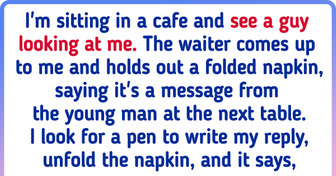
12 True Stories So Twisted, They’d Make Hitchcock Flinch

18 Stories About Tenants Who Astonished Their Landlords to the Core
